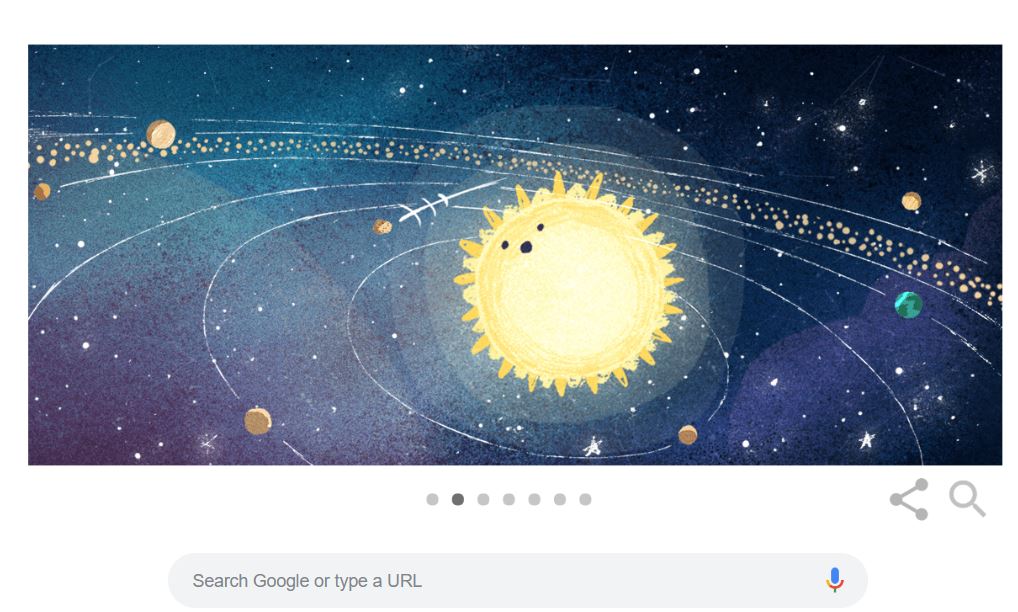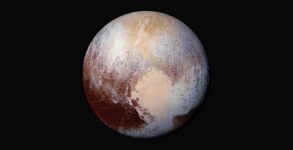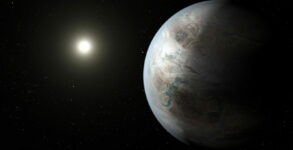The Geminid Meteor Shower 2018 is considered one of the most spectacular celestial shows in this year. The scientists say that it will emit bands of light across the sky and due to this phenomenon, it is called the Geminid.
Google doodle celebrates the special moments (it will have its peak in the night of December 13 to 14).
Named after the ancient Greek god Apollo’s son, 3200 Phaethon is an asteroid whose orbit brings it closer to our sun than Mercury. First discovered via satellite data 35 years ago, Phaethon is responsible for bringing the spectacular Geminid meteor showers to Earth’s atmosphere each December. With each passing year since the mid-1800s, the proliferation of yellowish streaks of light in the night-time sky have grown more intense.
The so-called “rock comet” came within 6.4 million miles of earth this past December, although last year’s supermoon made it harder to appreciate the celestial light show. That won’t be a factor this year.
If the weather is clear, 2018 should be the best year ever to watch the Gemenides—so named because they seem to originate from the constellation Gemini. No need for a telescope or binoculars: fragments from Phaethon’s debris trail should become visible after 9 pm on December 13, peaking after midnight with as many as 120 meteors per hour. The cosmic dust may have resulted from a crash with another flying object, but there’s little danger of any Geminids landing on earth as it normally disintegrates in the earth’s atmosphere.
Today’s slideshow Doodle1 follows the Geminids’ path through Earth’s atmosphere as it lights up the sky. As Phaethon’s orbit leads it near the sun, the extreme heat causes it to fracture and leaves a trail of debris in its orbital path. Every December, Earth’s orbit leads us through the trail of 3200 Phaethon and its debris crashes into our atmosphere at 79,000 miles (127,000 km) per hour. Once through the Earth’s atmosphere, the Geminids’ radiant (or where it appears to originate) is the constellation Gemini—from which the meteor shower gets its name.
For optimal viewing conditions, get as far away from city lights as possible, face South, and remember to dress warmly as you enjoy one of the greatest shows on—or above—earth.


















